50+ Sample Project Budgets
-
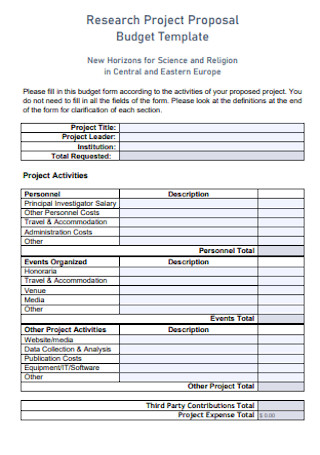
Budget Project Proposal Template
download now -
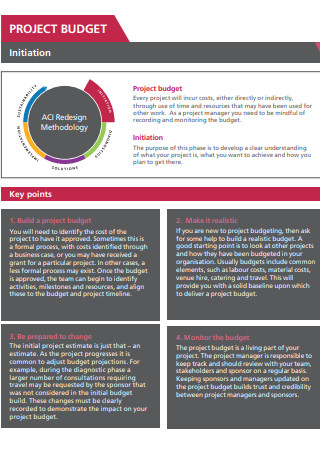
Sample Project Budget Template
download now -
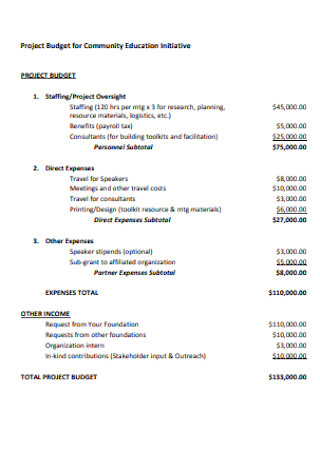
Project Budget for Community Education
download now -

Project Budget Table Template
download now -
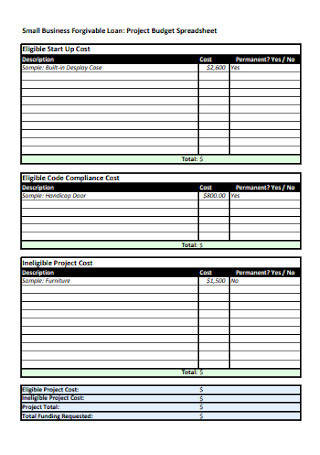
Project Budget Spreadsheet
download now -

Project Budget Summary Sheet
download now -
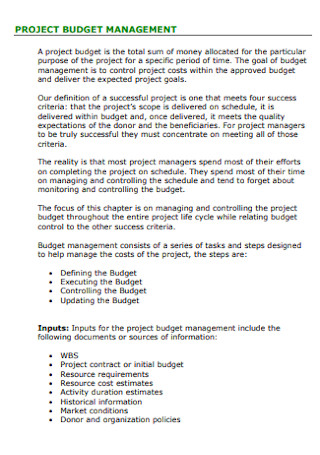
Project Management Budget Template
download now -
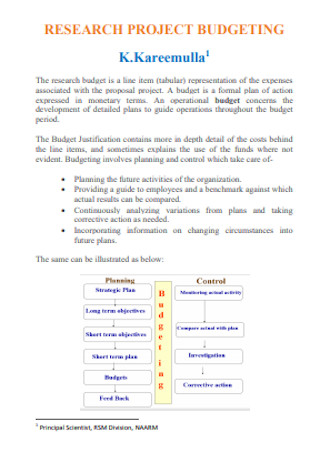
Research Project Budget Template
download now -
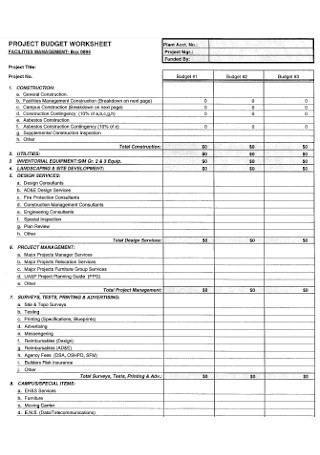
Project Budget Worksheet Template
download now -
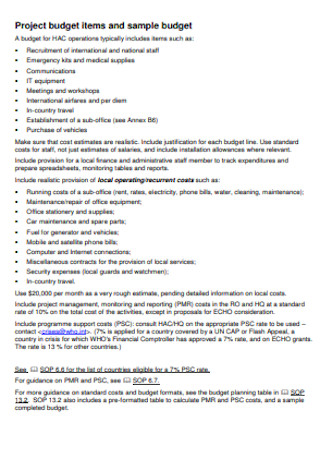
Project Material Budget Template
download now -
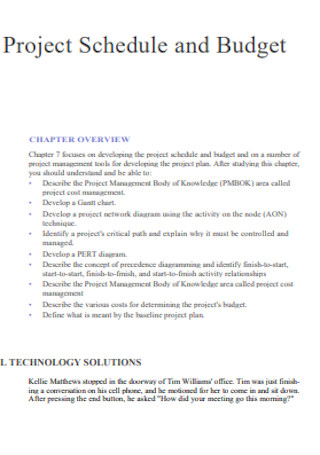
Project Schedule and Budget Template
download now -
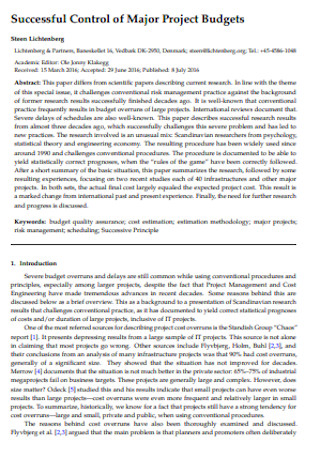
Major Project Budgets
download now -
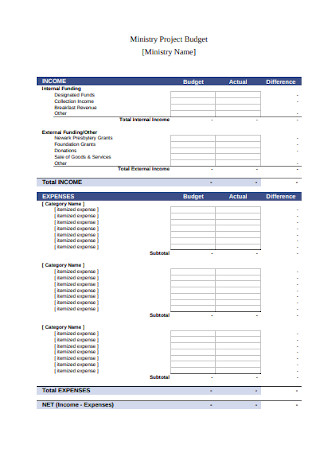
Ministry Project Budget Template
download now -
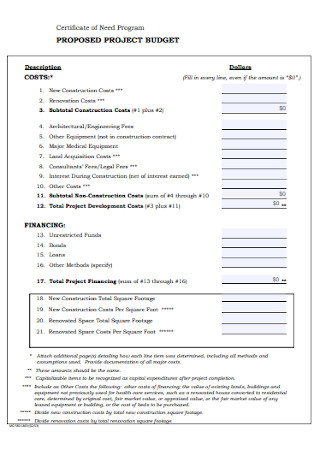
Proposed Project Budget Template
download now -
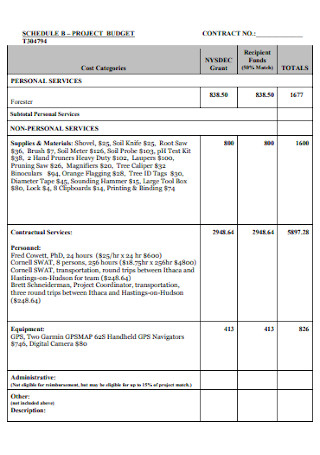
Project Contract Budget Template
download now -
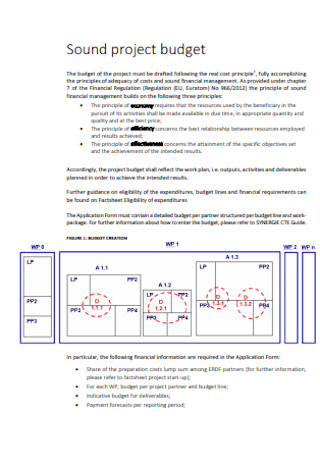
Sound Project Budget Template
download now -
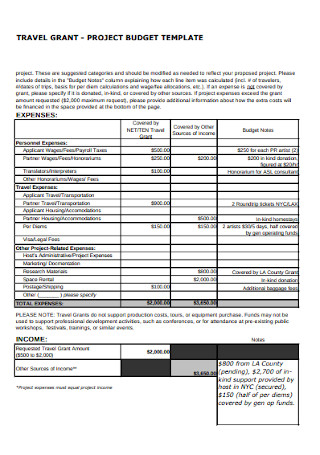
Project Grant Budget Template
download now -
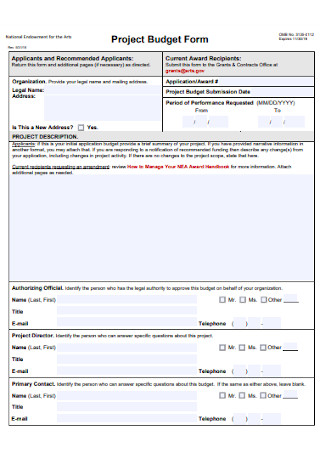
Project Budget Form Template
download now -
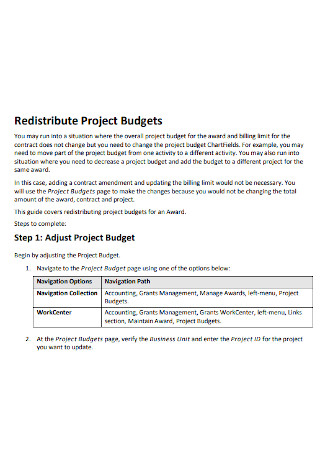
Redistribute Project Budgets
download now -
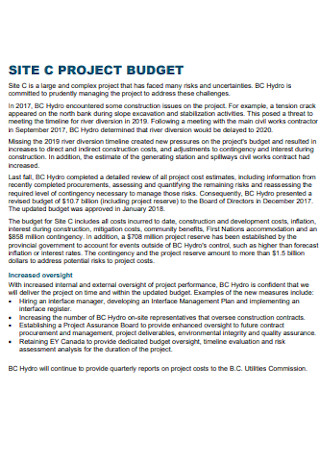
Site Project Budget Template
download now -
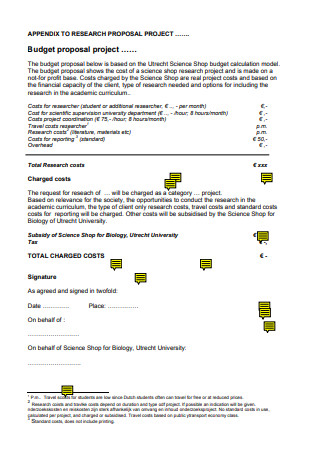
Project Proposal Budget Template
download now -
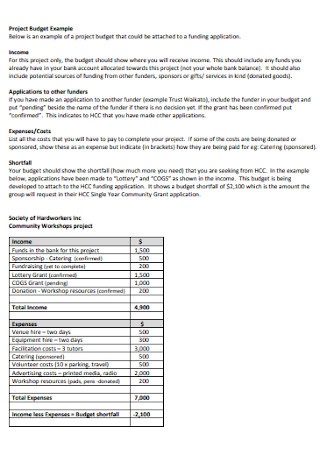
Project Income Budget Example
download now -
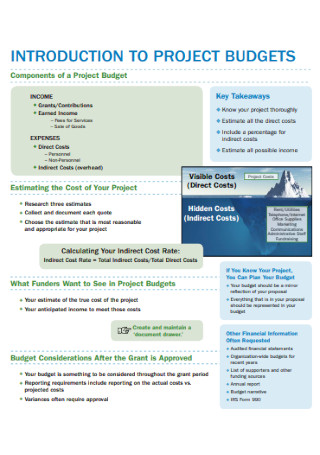
Project Training Budget Template
download now -
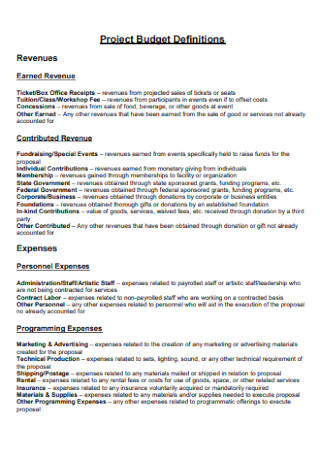
Project Revenue Budget Template
download now -
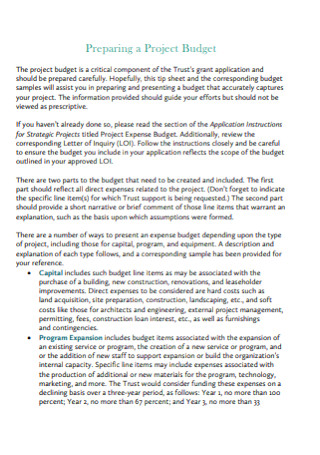
Preparing a Project Budget
download now -
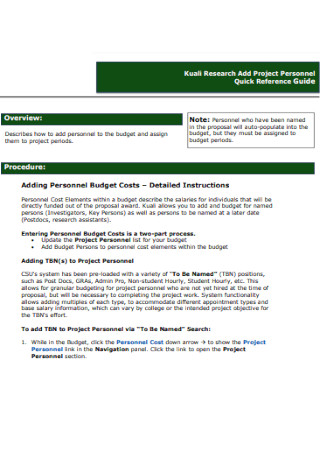
Project Personnel Budget Template
download now -
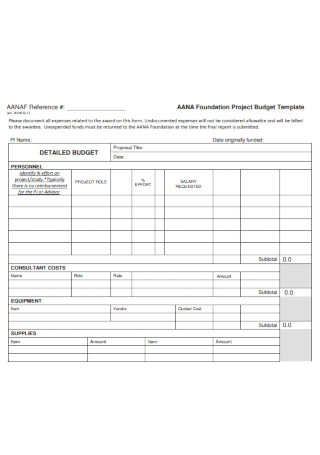
Foundation Project Budget Template
download now -
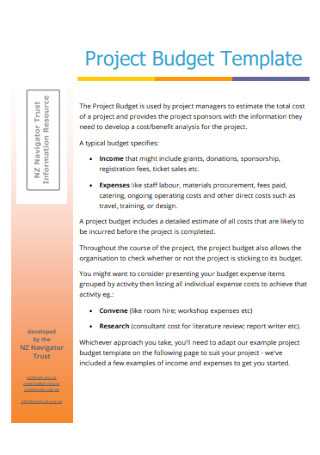
Simple Project Budget Template
download now -
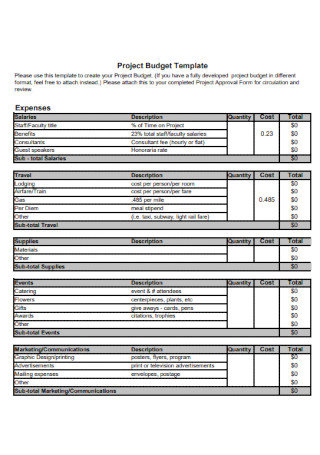
Standard Project Budget Template
download now -

Charitable Fund Project Budget Template
download now -

Project Planning Budget Template
download now -
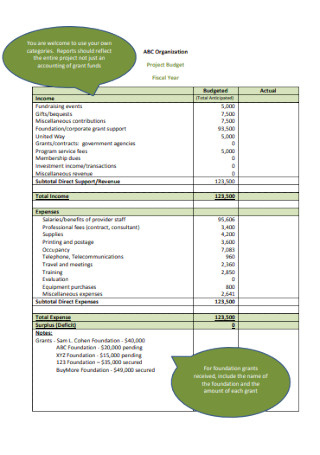
Project Organization Budget
download now -
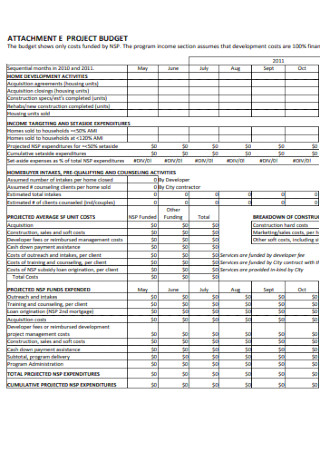
Attachment Project Budget Template
download now -
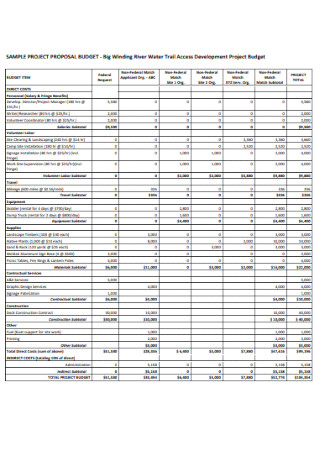
Sample Project Proposal Budget
download now -
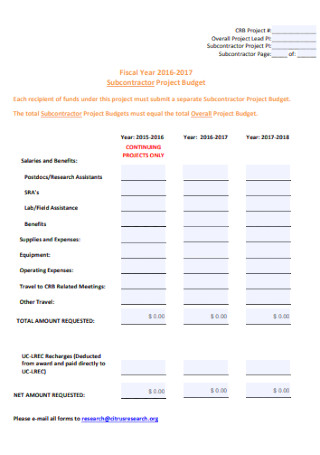
Subcontractor Project Budget
download now -
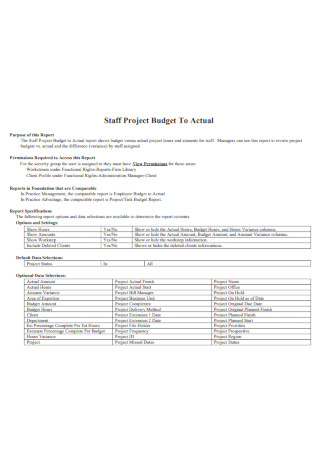
Staff Project Budget
download now -

Indicative Project Budget Template
download now -
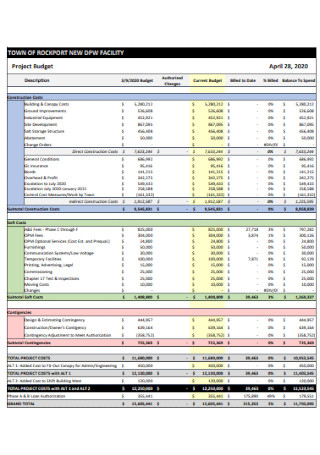
Town Project Budget Template
download now -
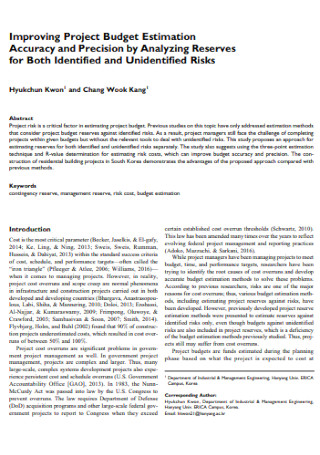
Project Estimation Budget Template
download now -
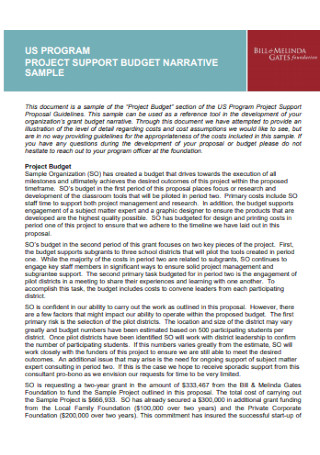
Project Program Budget Template
download now -

University Project Budget Template
download now -
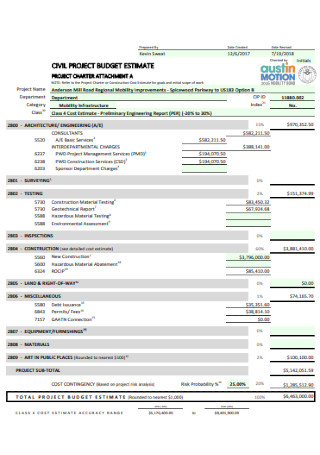
Civil Project Budget Template
download now -
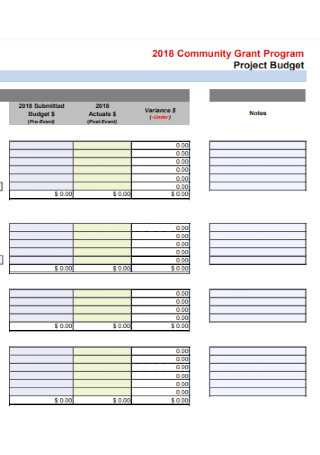
Grant Program Project Budget
download now -
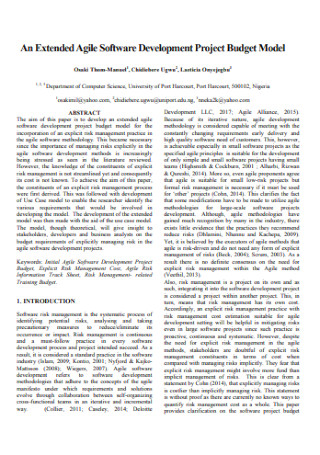
Software Development Project Budget
download now -
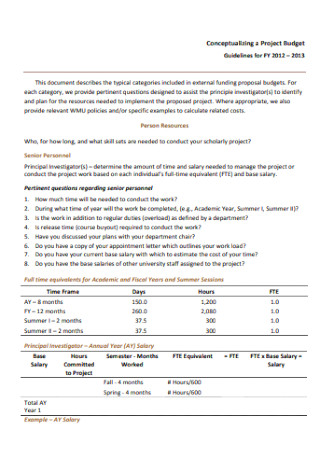
Conceptualizing a Project Budget
download now -
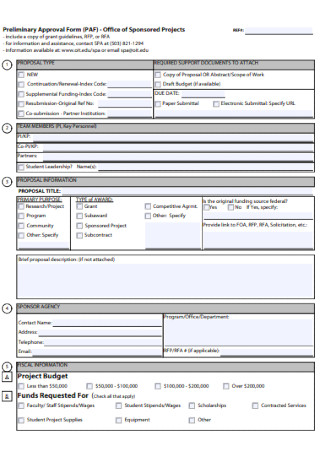
Office of Sponsored Projects Budget
download now -
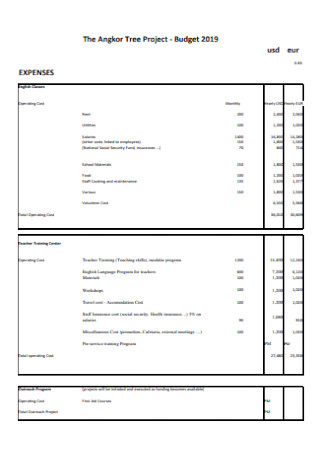
Tree Project Budget Template
download now -
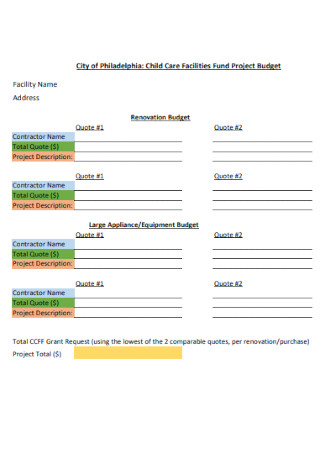
Child Care Facilities Fund Project Budget
download now -
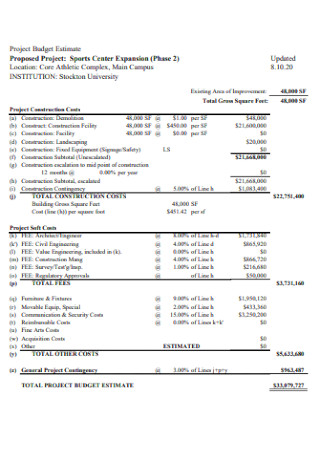
Project Budget Estimate Template
download now -
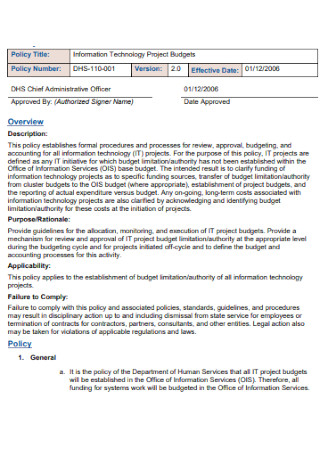
Information Technology Project Budgets
download now -
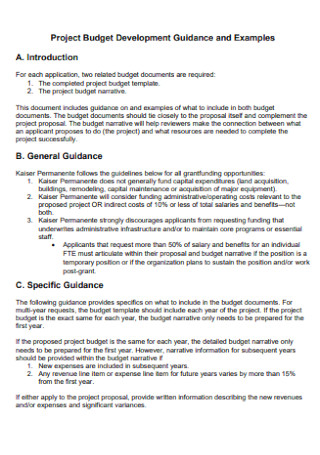
Project Development Budget Example
download now
What is a Project Budget?
A project budget is one of the major components of strategic project management as it helps a project manager to set the budget by having a sense of how much to spend on the project. It determines crucial decision points such as which professional to hire for the specific sub-task in the project, who can assist with several components and be able to work within the project budget, and what quality of materials is needed for the development of the project. This tool is useful for project managers and team members to assess whether they are progressing in the right direction once the project is ongoing.
Moreover, this document allows project managers to set accurate and realistic expectations with stakeholders, leverage transparency formed with the client, monitor progress, respond with corrective action if necessary, maintain expected margin, increase ROI, and produce data to benchmark for future projects. It is an essential aspect of cost management as it involves identifying the resources needed to execute and complete a project, quantifying the costs related to all the resources to finish the project, allocating costs to a specific component of the project, and measuring cost variances from the baseline.
Examples of Project Budgets
There are numerous project budgets that many professionals use such as a small business budget and an expense budget for their academic program projects, community projects, grant program projects, fundraising projects, and many other projects. Here are some common examples of project budgets used by construction managers, educators, researchers, software developers, and other project leaders.
Types of Project Budgeting Methods
There are common types of budgeting methods that many businesses and organizations use for their projects. Learn more about these budgeting methods in this section.
How to Create a Project Budget
Are you having difficulties constructing a clear and systematic budget for your project? Take note of the simple steps you need to do so that you can create a reasonable budget for your project.
Step 1: Review Historical Data and References
Look back at your past projects similar to your current project and evaluate their budgets. Analyzing the historical data of your completed projects helps you to build your budget for your new project. Learn and understand the key points from the successes and failures of your historical data so that you are able to create more precise estimates. Search for effective ways for how project managers to keep their budget controlled which is important when you start tracking your findings in your business or organization.
Step 2: Get Help from Professionals
Consult with some trusted project management professionals in your field, especially those who have skills and expertise in project budgeting. Reach out to those mentors and budget experts who have made rough order of magnitude estimates and budgets. They can assist you with how you can remain on track and avoid unnecessary pitfalls.
Step 3: Analyze the Budget
When you are done with your project budget, analyze it and make sure that the figures are accurate and logical for the development and execution of your project. Check the WBS or work breakdown structure, project contract or initial budget, resource requirements, resource cost estimates, activity duration estimates, historical information, market conditions, and organization policies.
Step 4: Finalize the Project Budget
Wrap up your project budget with key people involved in your project. Get your budget managers and stakeholders on board so that you can obtain official approval for your project budget. Ask for their feedback on specific parts of the budget.
FAQs
A project budget is essential so that the project is accomplished on time. It helps the project manager to determine how much he can spend on each component of the project. Many professionals create a project budget to assist them in managing their income and expenditure as they compare their actual income or expenditure regularly to planned income or expenditure. In this way, they can know whether or not corrective action is needed.
Some examples of project budgets are charitable fund project budgets, civil project budgets, construction site project budgets, education project budgets, grant program project budgets, research project budgets, staff project budgets, software development project budgets, town project budgets, project program budgets, university project budgets, program budgets, and event project budgets.
The most common types of project budgets are incremental budgets, activity-based budgets, value proposition budgets, and zer0-based budgets. Incremental budgets are budgets that use actual numbers from the former years and add or subtract a percentage to be utilized on the budget made in the future year. Activity-based projects are great for people and companies that have growing businesses. Value proposition budgets are budgets that examine each budget category or line item to justify expenses. A zero-based budget worksheet can be used to eliminate unnecessary expenses or waste.
Why is a project budget essential?
What are some examples of project budgets?
What are the types of project budgets?
One of the crucial elements of the project management process is creating a simple and realistic project budget. Whether you are preparing a construction, software, research, or school project, choose from the different budgeting methods, review historical data, get help from professionals in your field, analyze your budget, and finalize it properly. We have sample project budget templates that you can easily use for your project budgeting such as annual budget templates, executive budget proposal templates, and health budget templates.
